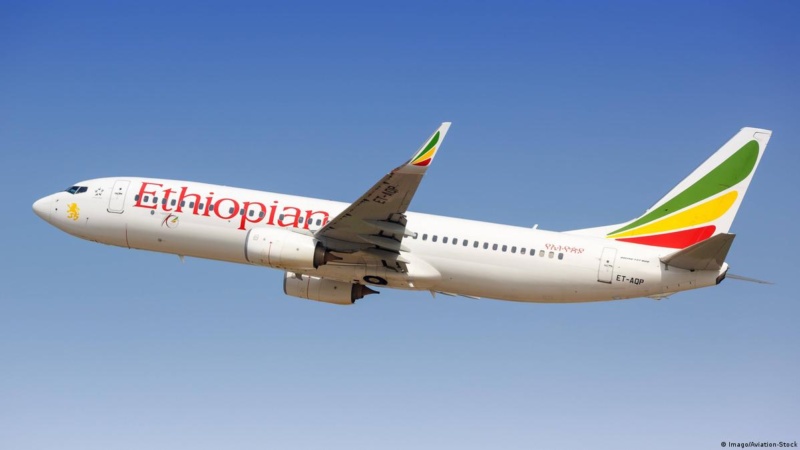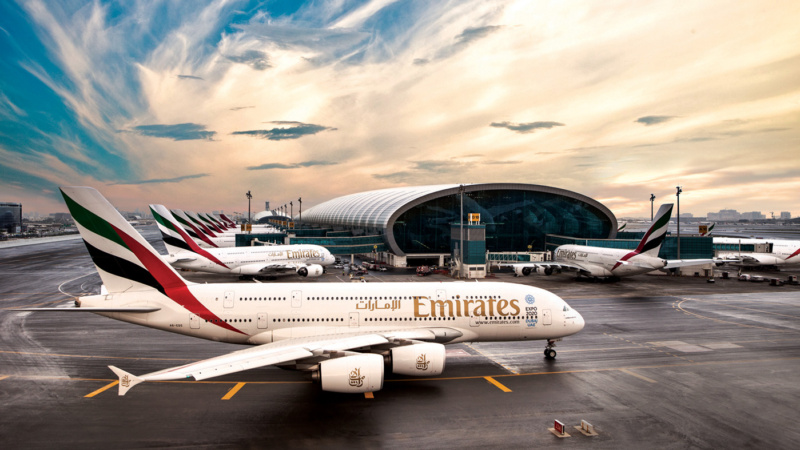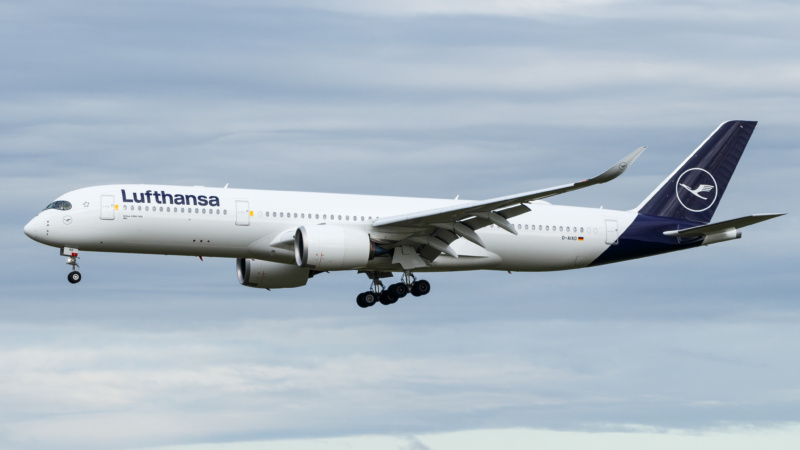Thailand: Single-visa initiative targets long-haul travellers, promotes seamless ASEAN travel

Prime Minister Srettha Thavisin of Thailand is spearheading an initiative to establish a joint-visa program with countries that collectively welcomed approximately 70 million tourists last year. This move is part of a broader effort to enhance Thailand’s appeal to long-haul travellers who tend to spend more during their visits.
In recent months, Srettha, who has committed to transforming Thailand from a tourism hotspot into an aviation and logistics hub, has engaged in discussions with leaders from Cambodia, Laos, Malaysia, Myanmar, and Vietnam regarding the implementation of a Schengen-type visa system. This initiative aims to facilitate smooth and unrestricted travel among the six neighbouring countries, promoting seamless mobility for travellers.
If resorts are to go by, six Southeast Asian nations collectively welcomed 70 million foreign tourists in 2023. Thailand and Malaysia contributed over half of this total, generating approximately $48 billion in tourism revenue.

The single-visa initiative stands out as one of Srettha’s most ambitious tourism strategies, although its implementation is aimed at the long term. With the industry playing a significant role, contributing to approximately 20% of total employment and comprising about 12% of the nation’s $500 billion economy, tourism has proven to be a vital economic pillar. Apart from the pandemic years, tourism has consistently thrived, offering a buffer against downturns in manufacturing and exports, which traditionally serve as the economy’s mainstays.
There is optimism within the tourism industry, as Marisa Sukosol Nunbhakdi, a former president of the Thai Hotels Association, believes that with a shared visa around, just like the Schengen visa, long-haul travellers can make more streamlined decisions. She also adds that, in order to enhance its appeal, the visa validity should be changed from the standard 30-day period to 90 days.

Srettha’s administration has outlined an ambitious target of attracting 80 million tourists by 2027. In the approximately seven months since assuming office, his government has initiated several measures to achieve this goal. These include signing a reciprocal visa waiver agreement with China, and implementing temporary visa waivers for travellers from India, Taiwan, and Kazakhstan.
However, establishing a Schengen-type visa system, which permits unrestricted travel across the border-free zone within Europe, may pose challenges for ASEAN due to its history of slow progress in expediting multilateral policy frameworks and its reputation primarily as a forum for discussions rather than decisive action.
Originally Published at TIMESOFINDIA






